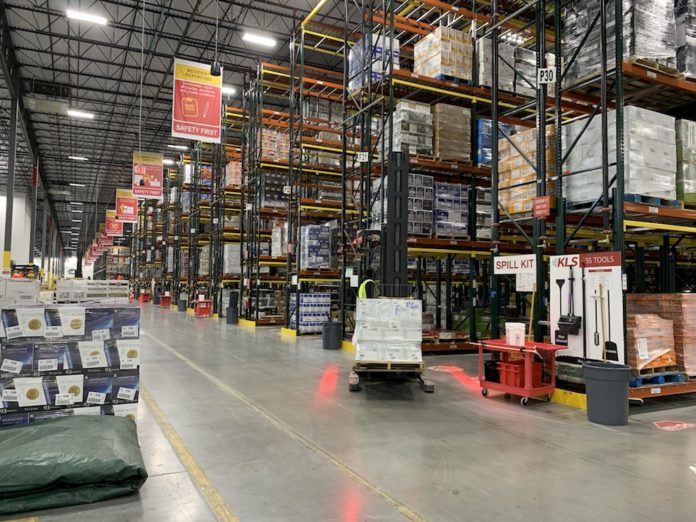The 2020 pandemic greatly altered all tiers of the industry, including alcohol distribution.
As Covid-19 first swept over the world, wholesalers, warehouses and shippers adapted rapidly. During this time of change, we spoke on the topic with Greg Foreman, VP of operations at DHL Supply Chain, one of the largest third-party logistics providers in controlled beverages. Now in the pandemic’s (hopefully) final stages, we checked back in with Foreman to see how the industry has continued to evolve.
Beverage Dynamics: What has the industry learned from Covid-19?
Greg Foreman: In the beverage space we’ve learned that you’ve got to be able to react quickly, but that’s easier said than done. The last twelve months have been a real interesting ride, because no business could ever predict exactly what consumer buying habits would be.
When we last spoke, we were in the middle of the pandemic, on-premise was shut down and consumers were buying as much as they could at retail. Since then there’s been a bullwhip affect. Overall we’re still looking at high off-premise volumes, but the on-premise is starting to open up. We’re filling up those pipelines now. That’s our current state. We’re fully prepared for the return to on-premise.
Of course, many of those on-premise locations have dramatically lowered their SKUs. A place that had 300 SKUs before the pandemic likely only has 100 now. And we’ve also, sadly, seen the number of on-premise accounts reduced significantly.

BD: What did Covid-19 do for ecommerce in the industry?
GF: All of our customers are engaged with or looking into it now. We’re seeing it everywhere in food and beverage. All of our customers are realizing that brick-and-mortar is nice, but people’s buying habits have changed substantially by what’s happened with Covid. Even people over 70, they’re now used to using digital platforms to order groceries. Overall, that train is only going to continue chugging forwards.
Accordingly, some regulations need to be updated in the control states, as everybody now seems aligned that this is a major part of our future.
BD: How have safety procedures evolved in the distribution side?
GF: The protection methods have not changed since we last chatted. We’re still using shift protocols, and we got better and better with those safety techniques as we learned more about the virus. Safety has been our number one concern. We do deep cleans on a regular basis, the warehouse rooms are segregated for social distancing, and there are cleaning stations everywhere.
BD: The rise of automated systems and robotics should also improve safety.
GF: Yes. And we’re obviously very automated already. There are no paper orders, it’s all done electronically; it speeds up the process significantly. We’re looking at a lot of automated upgrades in our facilities now. For instance, machines much like a bigger Roomba roam around the warehouses and constantly keep them clean. Robotics can do single picks and bottle picks, which also ties into ecommerce.
BD: How much of the ‘old normal’ will we return to post-Covid?
GF: I don’t think we’ll ever return completely to the old normal. Ecommerce is going to be a much bigger part of our life.
I do think on-premise will return substantially. People have pent-up frustrations and want to go back to normal life at bars and restaurants. I don’t know exactly what that will look like at first, and it may take another full year to come back completely.
But I do think people are also going to be safer now with social distancing. That’s been printed now into our minds. And people have become more comfortable with consuming alcohol at home, because it’s more convenient.
We won’t ever go back to our old splits of off/on-premise volumes, if only because ecommerce is going to continue to eat into that.
This interview was edited and condensed for publication.
Kyle Swartz is editor of Beverage Dynamics magazine. Reach him at kswartz@epgmediallc.com or on Twitter @kswartzz. Read his recent piece Why Whiskey Nerds Are Getting Nerdier.




